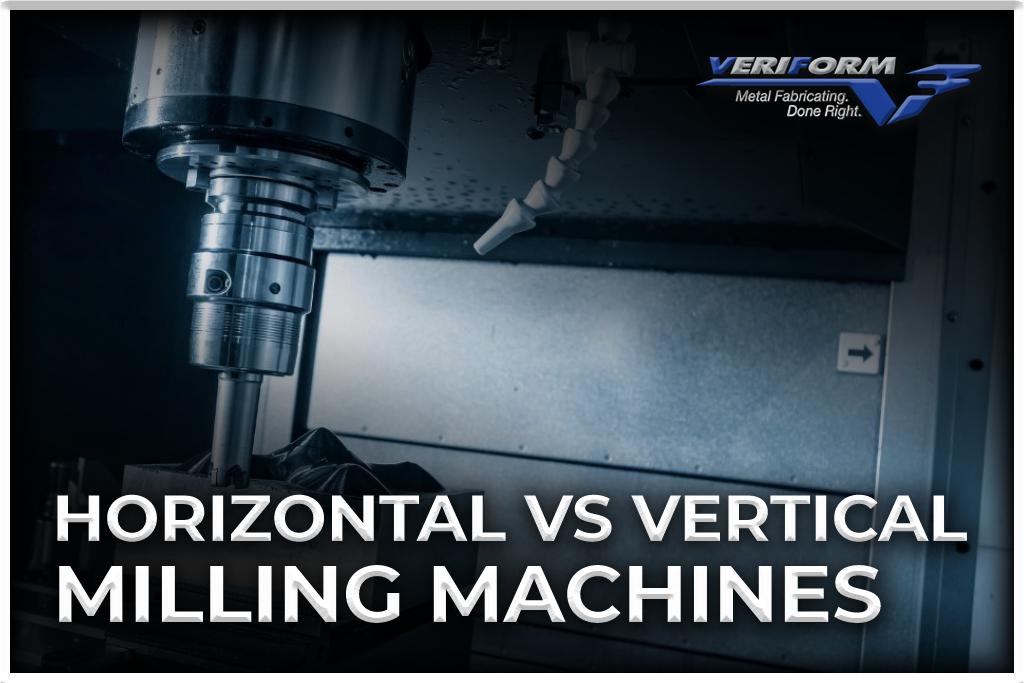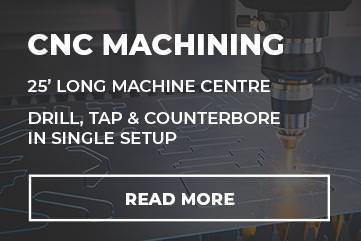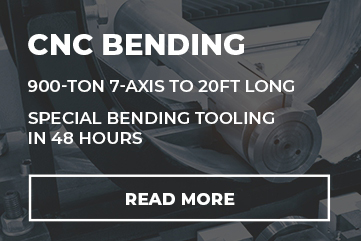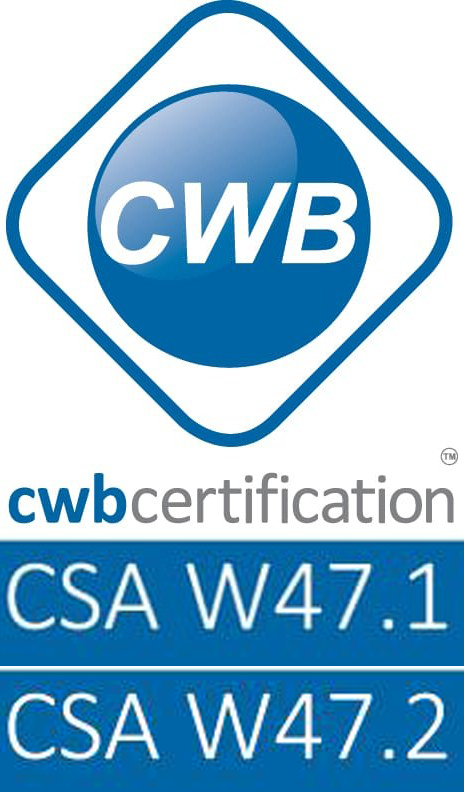News
Horizontal vs Vertical Milling Machines: Understanding Their Role in Precision Engineering

Diving into the “horizontal vs vertical milling machine” debate? Well, you’re in the right place. This guide slices through the jargon to serve you the straight facts on their roles in precision engineering. Let’s dig in!
A Brief Foray into the World of Milling Machines
At its core, a milling machine is a workhorse that meticulously shapes and machines materials. From car parts to aerospace components, the role of milling machines is far-reaching. Each machine comes outfitted with a spindle, a worktable, and cutting tools – each playing a crucial part in its operation. The spindle holds the cutter, the worktable supports the workpiece, and the cutting tools do exactly what their name suggests: cut! But how do they perform the magic of machining? Let’s explore that next.
The Mysteries of Milling: A Deep Dive
In essence, milling machines operate by moving the workpiece against a rotating cutter. As the cutter spins, it removes material from the workpiece, creating the desired shape. This basic process can be tweaked and tailored depending on the specific milling machine and the requirements of the task at hand. But enough with the generalities. It’s time to introduce the stars of our show: the horizontal and vertical milling machines.
The Horizontal Milling Machine: A Titan of Efficiency
So, what exactly is a horizontal milling machine? Well, as the name suggests, its orientation is horizontal, with the spindle positioned parallel to its worktable. This orientation allows the machine to perform heavy-duty tasks with superb efficiency.
However, like everything in life, the horizontal milling machine has its pros and cons. On the positive side, its design allows for simultaneous multiple-cutting, which translates into speed and efficiency. On the downside, its setup can be a bit complicated, and it may not be suitable for certain intricate tasks.
Delving into its components, a horizontal milling machine comes equipped with a robust arbour that supports multiple cutters. This capability makes it ideal for tasks such as grooving and slot cutting.
You might be wondering, “Where exactly would this machine shine?” Well, the automotive and aerospace industries frequently use horizontal milling machines due to their ability to efficiently handle large and heavy workpieces.
Vertical Milling Machines: Your Versatile Workhorse
Switching gears, let’s now focus on the vertical milling machine. Named for its vertical spindle orientation, this machine stands as the counterpart to its horizontal cousin. But what sets it apart? Why would one opt for a vertical milling machine?
Vertical milling machines, just like their horizontal counterparts, have their strengths and weaknesses. Their compact design and versatility are their key selling points. Whether it’s drilling, plunge cuts, or complex contouring, the vertical milling machine is up to the task. However, their downsides lie in handling large or heavy workpieces. Due to their design, they tend to be less efficient for such tasks.
Peering into its structure, the vertical milling machine stands tall, with a spindle aligned perpendicular to the worktable. Its design allows for a more human-centric operation with a clear line of sight and easy accessibility.
These features make vertical milling machines a popular choice in industries requiring intricate detail work. They’re seen in action in small parts production, die sinking, and even in the artisanal sector, where detail and precision reign supreme.
As an example, consider “Craftsmen Y.” This small-scale artisanal shop uses a vertical milling machine to create intricate jewelry designs. The machine’s precision and versatility have enabled them to experiment with designs that would otherwise be unachievable. The result? A booming business and satisfied clientele.
Comparing Horizontal and Vertical Milling Machines: A Tale of Two Giants
The crux of our journey brings us to the comparison of these two machining marvels. Both machines serve the same core purpose—milling—yet their approaches differ.
Let’s start with the most obvious difference: spindle orientation. A horizontal machine houses a horizontally aligned spindle, while a vertical one (you guessed it!) aligns its spindle vertically. This fundamental difference impacts the kind of work each machine can handle, with horizontal machines excelling in heavy-duty tasks and vertical ones thriving in detailed, intricate work.
The accessibility of the workpiece also differs. The horizontal machine’s design can make certain areas of a workpiece harder to reach, while the vertical design allows for more direct access.
So, how do you decide between the two? It all boils down to the nature of your work. Are speed and efficiency your game, or does intricate detail work spark your interest?
Take the case of “Fabricators Z.” This company operates in both the aerospace and artisanal sectors. For the production of large aerospace parts, they rely on their horizontal milling machines. But when it comes to crafting intricate artisanal pieces, the vertical milling machine takes center stage.
Conclusion: Bringing It All Together
Indeed, it’s quite the journey we’ve taken, unravelling the marvels of horizontal and vertical milling machines. As we’ve seen, the choice between these machines will largely depend on your specific needs and the nature of the work you’re tackling.
However, this exploration doesn’t have to end here. The world of milling machines is vast and fascinating, beckoning professionals, enthusiasts, and curious minds alike. So go on, delve deeper, and discover the incredible potential of these engineering wonders.
And remember, if you’re in need of top-tier metal fabrication services, look no further than VeriForms. Their expertise and commitment to quality are second to none, offering you the very best in precision and performance.
Frequently Asked Questions
What is the difference between a vertical milling machine and a horizontal milling machine?
A vertical milling machine’s spindle is aligned vertically, making it ideal for detailed work. On the other hand, a horizontal milling machine has a horizontally oriented spindle, making it better suited for heavy-duty tasks.
Why use a horizontal milling machine?
Horizontal milling machines excel in speed and efficiency thanks to their ability to perform multiple cuts simultaneously. They’re particularly effective when working with large, heavy workpieces.
What are the disadvantages of a horizontal milling machine?
Despite their effectiveness, horizontal milling machines can be quite complex to set up. Additionally, they might not be the best choice for tasks requiring intricate detailing.
What is the major difference between a vertical boring mill and a horizontal mill?
The main difference lies in the spindle’s orientation and the type of work they’re best suited for. Vertical mills are excellent for drilling deep holes, while horizontal mills are ideal for heavy material removal and surface preparation.
What is the advantage of a vertical mill?
Vertical milling machines shine in their versatility and compact design. They’re well-suited for precision tasks, intricate work, and where space is at a premium.








